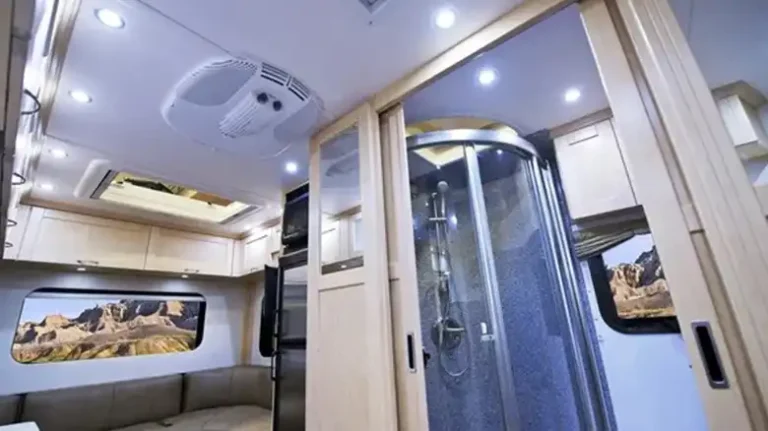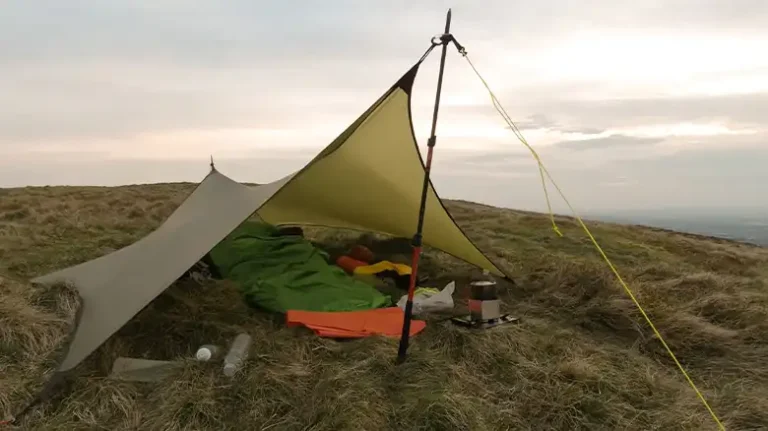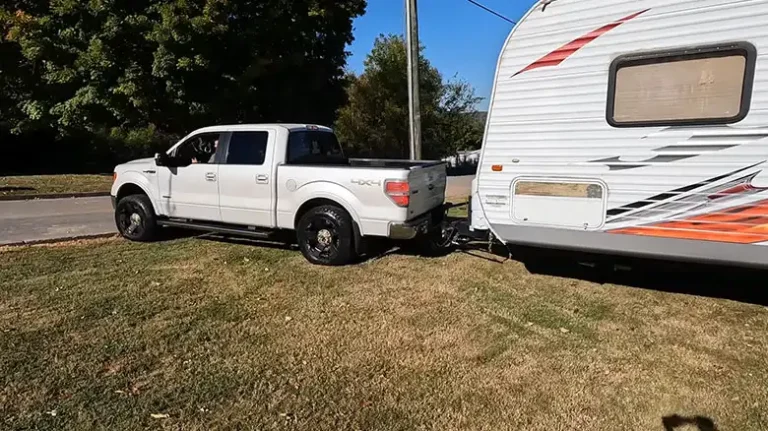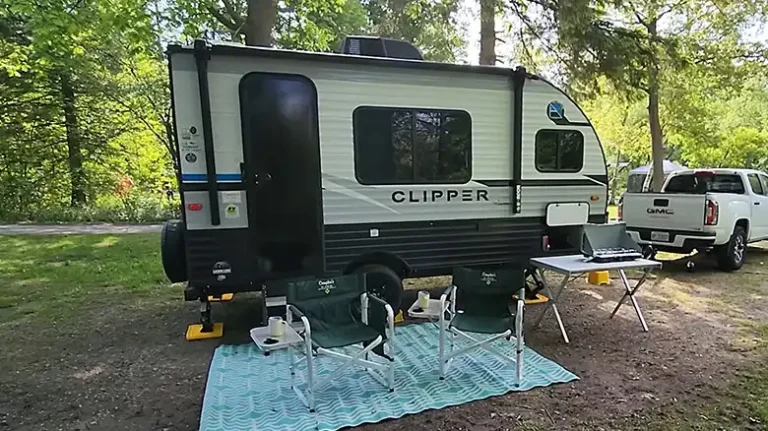Neighborly Watch and Community Safety in RV Parks
RV parks host vibrant mobile communities, with groups of residents opting to travel together for the RV lifestyle. However, theft, vandalism, and emergency crises can disrupt the idyllic environment. Implementing Neighborly Watch programs that promote social connectivity, communication, and emergency preparedness enables residents to collaborate enhancing safety and deterring crime.
This gives residents greater peace of mind to enjoy mobile living without fear. Neighborly Watch initiatives encourage residents to keep an eye out for each other’s security needs, fostering friendships between neighbors and strengthening community bonds. Combined efforts enhance safety awareness and preparation park-wide for events from everyday risks to natural disasters. This article explores best practices for establishing effective community watch programs tailored to RV parks.
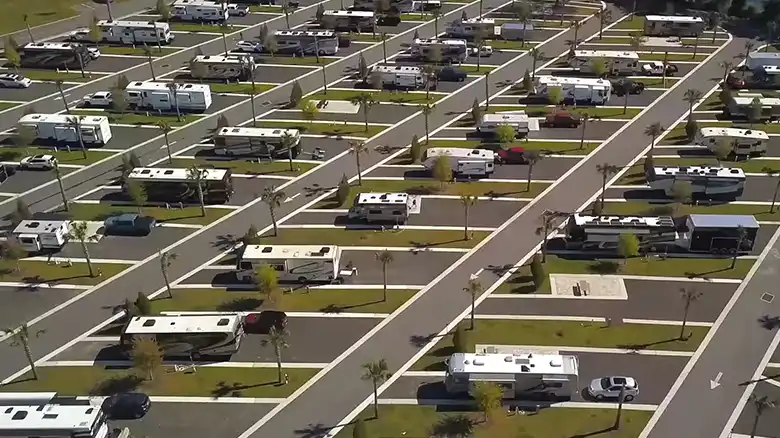
Knowing Neighborly Watch and Its Benefits for Residents of RV Parks
RV parks host tight-knit communities that face risks from theft, vandalism, and emergencies. Neighborly Watch programs leverage social connectivity and communication to deter crime and give residents peace of mind about safety.
Watch group initiatives encourage residents to keep an eye out for each other’s security needs. This fosters friendships between neighbors and strengthens community bonds. Combined efforts enhance safety awareness and preparation park-wide.
Encouraging and Enhancing Social Connections among Residents Living in the Park
Creating a vibrant and welcoming community within RV parks extends beyond physical amenities and security measures. Cultivating social connections among residents is essential for fostering a sense of belonging, camaraderie, and shared responsibility. By encouraging interactions, promoting shared activities, and establishing effective communication channels, RV parks can transform into thriving hubs of friendship and support.
Hosting Regular Community Events in the Park
Bringing people together regularly at potlucks, games nights, holiday parties, etc. fosters relationships between residents. Conversations spark friendships and information sharing about park happenings. Events also provide visibility that deters suspicious outsiders.
Designating Communal Spaces for Residents to Gather
Having dedicated community spaces like a clubhouse, firepit area or garden encourages daily interactions in passing. Bench swings create inviting spots for neighbors to chat. Spreading these areas throughout the park promotes natural surveillance from those already outdoors.
Enabling Communication Channels Between Neighbors
Effective communication within an RV park encompasses various channels that cater to different preferences and needs. By utilizing a combination of traditional and digital communication methods, parks can ensure that all residents have access to timely and relevant information.
Creating Online Community Forums for Residents
Web or app-based community forums allow crowdsourcing of safety concerns, spreading of information, and discussion of solutions. Admin features like emergency alerts and suspect reporting structures are useful. Integration with park-wide messaging enables information sharing between online and offline residents.
Implementing a Park-wide Group Messaging System
A group SMS list, WhatsApp, or app channel gives a direct line to instantly notify all residents, especially helpful for relaying urgent security issues or emergency alerts. Offline residents can be contacted quickly instead of waiting for word of mouth.
Educating Residents on Safety Risks and Responses
Safety education plays a pivotal role in empowering RV park residents to identify potential threats, prevent incidents, and respond effectively to emergencies.
Conducting Seminars to Train Residents on Crime Prevention
Experts from law enforcement and community watch groups can hold free seminars to educate on spotting suspicious behavior, securing RVs against burglary, personal safety tips, and joining/forming watch groups. These set a risk-awareness precedent.
Circulating Informational Pamphlets Listing Safety Resources
Printed materials reinforce learnings from seminars. Listing emergency contacts, security reminders, and resident responsibilities keeps safety top of mind. Posting reminders in public park areas means visitors also see watch group presence.
Establishing Emergency Systems for Crises
Crises can strike at any time, leaving residents of RV parks vulnerable and uncertain. To effectively manage these situations, RV parks must have a comprehensive emergency plan in place, outlining clear communication protocols, evacuation procedures, and resource allocation strategies.
Creating Evacuation Plans for Severe Weather or Other Disasters
Documented plans to efficiently guide all residents to designated safe evacuation sites within the park to preserve order in chaotic situations. Drills ensure effectiveness. Special accommodations for those with impaired mobility prevent anyone from being left stranded.
Organizing First Aid and CPR Training for Watch Volunteers
Classes equip members with skills to assist residents in medical emergencies until paramedics arrive. Options catered to seniors move slower with more guidance which builds confidence. Trained volunteers become emergency contacts for immobile residents’ aid plans.
Implementing Neighborhood Watch Patrols Within the Park
Neighborhood watch patrols serve as a visible presence within the RV park, discouraging potential offenders and fostering a sense of collective responsibility among residents.
Forming a Neighborhood Watch Group with Park Residents
Recruiting volunteer teams from all areas of the park ensures eyes all around. A leadership committee organizes schedules and responsibilities. Sections identify area captains as points of contact. Regular meetings share updates and safety concerns to address as a group.
Conducting Routine Watches Along Designated Routes
Pairs patrol park streets on foot/golf carts in scheduled shifts. Tracking logs note suspicious sights for later review. Consistent presence during both days and nights acts as deterrence. Random timing and routes prevent outsiders from predicting movements.
Cultivating Vigilance Against Suspicious Persons or Activities
Notable clues of concern include unfamiliar faces repeatedly sighted, vehicles circling at odd hours, and peering into RVs. Documentation helps identify repeat offenders and discern intent faster over time. Characteristics help narrow suspect pools for police reports.
Establishing Standard Procedures for Reporting Suspicious Incidents
Volunteers notify committee leaders of any offenses or offenders spotted during patrols. Descriptions, locations other details are logged by date/time while fresh. Leaders regularly share consolidated reports with park security and local law enforcement to aid investigations.
Partnering With Local Stakeholders on Community Safety Initiatives
RV parks are not isolated entities; they are integral parts of the broader community ecosystem. By forging strong partnerships with local stakeholders, RV parks can access a wealth of expertise, resources, and support, enabling them to effectively address safety concerns and create a more secure environment for residents and visitors alike.
Hosting Community Meetings for Residents to Voice Concerns
Providing open forums for residents to discuss safety issues and notices lets administrators gauge broader sentiment across park sections. Brainstorming complementary solutions helps residents feel heard. Meetings foster information sharing about recent incidents not yet widely known.
Seeking Participation from Local Law Enforcement and Government
Inviting local police, security firms, property managers, and elected officials to meetings builds relationships between them and residents. Presentations on public safety programs targeting RV parks encourage signups. Officials connecting faces to constituents drive faster response.
Enabling Communication Systems for Exchanging Updates
Effective communication systems are crucial for exchanging updates, fostering a sense of community, and ensuring the safety of residents.
Establishing Emergency Contact Trees for Urgent Alerts
Trees map how residents in each section will coordinate contacting one another rapidly in emergencies when regular channels fail. Alternate contacts fill gaps for absentees. Backups enable message relaying despite disabilities or language barriers between neighbors.
Creating Centralized Online Spaces to Crowdsource Notices
Apps or website forums dedicated to community information exchange let members post safety reports for widespread viewership. Categorizations (suspicious activity, crime) help sort the most relevant notifications. Comment and photo capabilities improve virtual neighborhood watching.
Promoting Emergency Preparedness Amongst Residents
RV parks must be equipped with robust emergency systems to ensure the safety and well-being of their residents. By establishing clear communication protocols, implementing effective evacuation plans, and securing essential resources, RV parks can foster a culture of preparedness and minimize the impact of crises.
Holding Disaster Readiness and First Aid Skills Workshops
Sessions prepare for and minimize panic in crises: earthquake procedures, correct extinguisher use, hands-on CPR, wound dressing, etc. Takeaway brochures reinforce learning. Classes bring together neighbors who can later rely on one another when the need arises.
Stocking Shared Emergency Supply Caches Around the Park
Community sheds offer residents a way to access extra aid without each stockpiling alone. Rotating donated items (flashlights, food, tools) requires group oversight and replenishment. Shed maps help those unfamiliar locate additional resources quickly in urgent situations.
Additional Safety Measures for High-Risk Areas
In high-risk areas where crime rates are higher or there are specific threats present, RV parks should implement additional safety measures to protect their residents and visitors. These measures should be tailored to the specific risks of the area and should be implemented in a way that balances security with the overall ambiance of the park.
Installing Security Cameras to Monitor Vulnerable Entry Points
Cameras visibly deter potential trespassers who fear identification yet avoid over-surveilling residents. Placements cover park borders, under low lighting and high incident zones. Monitored access limits non-resident swipe entries.
Improving Exterior Lighting to Eliminate Dark Zones
Well-lit streets prevent the concealment of those with ill intent. Brighter, broader coverage guides unfamiliar visitors exiting at night. Motion sensor floods reveal and startle lurkers. timers manage costs for hours with less traffic.
Implementing Limited-Access Gates to Restrict Non-Resident Vehicle Entry
Restricting all entry to residents with registered transponders discourages unfamiliar vehicles from driving through seeking easy targets for break-ins. Video surveillance still allows visitor entry via callboxes while avoiding barriers to emergency responders.
Educating Newcomers on Active Participation Expectations
The arrival of new residents brings an influx of fresh perspectives, diverse experiences, and renewed energy to an RV park community. However, integrating newcomers seamlessly and ensuring their active participation requires a proactive approach from park management.
Orientations Introducing Watch Group Programs and Safety Initiatives
Onboarding trains incoming residents on current measures: patrols to expect, communication channels, and emergency procedures. Checklists have visitors acknowledge understanding of community involvement expectations before finalizing stays.
Welcome Committees to Personally Help Familiarize With Area Risks and Responses
Friendly volunteers visit new residents in situ to share safety insights like risky roads, and flood zones. Custom guidance caters to arrival timing with extra night visibility tips in winter for example. Building early relationships eases later reporting of concerns.
Liabilities When Operating Neighborhood Watch
A neighborhood watch is a group of people who live in the same neighborhood and work together to reduce crime in their area. Neighborhood watches can be very effective in reducing crime, but they can also be a source of liability. There are a few things that neighborhood watch organizers should keep in mind to avoid liability.
Clarifying Legal Boundaries for Engagement With Suspicious People
Train members to avoid directly approaching or attempting to detain questionable loiterers they encounter on grounds that could incur assault charges, rather than reporting incidents to park security to handle interventions.
Verifying Alignment of State Citizen Patrol Laws with Planned Activities
Reviewing regulations on allowable patrolling behavior ensures activities like requests for identification from suspicious persons, photographing questionable vehicles, or area entry restrictions comply with laws protecting civil liberties. Activity plans are adjusted if needed.
Getting Signed Waivers of Liability From All Volunteer Participants
Though rare, neighborhood watch activities do risk personal injury. Protecting the group requires all volunteers to sign waivers confirming their understanding of dangers like confrontations or falls while patrolling before participating. Refusal loses membership.
Retaining Engagement in Watch Efforts Over Time
Neighborhood watch programs can be a great way to reduce crime and improve safety in your community. However, it can be difficult to keep people engaged in these programs over time. Here are a few tips for retaining engagement in watch efforts over time:
Providing Regular Activity Updates to Sustain Motivation
At group meetings, highlighting examples of crimes prevented thanks to resident reports maintains volunteer pride in contributions made to community safety. Statistics on reduced local break-ins reinforce that persistence pays off.
Expanding Skillsets With Quick Refresher Safety Training Sessions
Supplementary seminars teach new areas like emergency evacuation assistance techniques or smoke alarm safety knowledge to apply on patrols and pass on to neighbors. Reinforced capabilities boost confidence in addressing situations previously encountered.
Appreciating Member Contributions Through Small Rewards
Small raffle prizes of donated park café gift certificates for stand-out incident report logs keep morale up. Member of the Month awards recognized at meetings show individual efforts are valued despite the voluntary nature of roles.
Continuously Recruiting to Offset Departing Longtime Resident Turnover
Presentations at resident events inform newcomers about group activities. Retiree availability allows shift coverage despite losing older members annually. Welcoming new faces prevents remaining volunteers from being overburdened as old friends move away.
Maintaining Consistent Neighborly Engagement Long-term
The joint responsibility residents take by looking out for one another’s security needs promotes bonds that improve happiness in the park community. Combining social connectivity and emergency preparedness sustained neighborhood watch success for years while keeping RV parks safe havens to call home.
Reinforcing the Value of Public Safety Through Active Reminders
Visible signage for emergency numbers, patrols, and blocking suspicious outsider access ensures household participation continues benefiting all. New messages counter the assumption threats are outdated issues.
Encouraging Expanded Involvement Through Positive Feedback
Sharing stories of crimes prevented thanks to watch teams demonstrates contributions make a real difference. Progress reports on reducing local burglaries incentivize stepping up from just reporting issues to active night patrols contributing directly.
Welcoming Ongoing Feedback to Improve Relevance of Initiatives
Annual surveys measure concerns addressed or arising to guide program priorities in line with emerging resident sentiments. Follow-ups confirm implemented changes match needs voiced. Iteration ensures activities provide value adding local safety decades later.
Final Thoughts
Implementing Neighborly Watch strengthens both security and relationships within RV parks, enabling residents the peace of mind to enjoy mobile living. Collaborating with law enforcement and educating residents combines insight and skillsets. Consistent engagement must carry the torchlight early on to see lasting positive impacts on communities formed.

